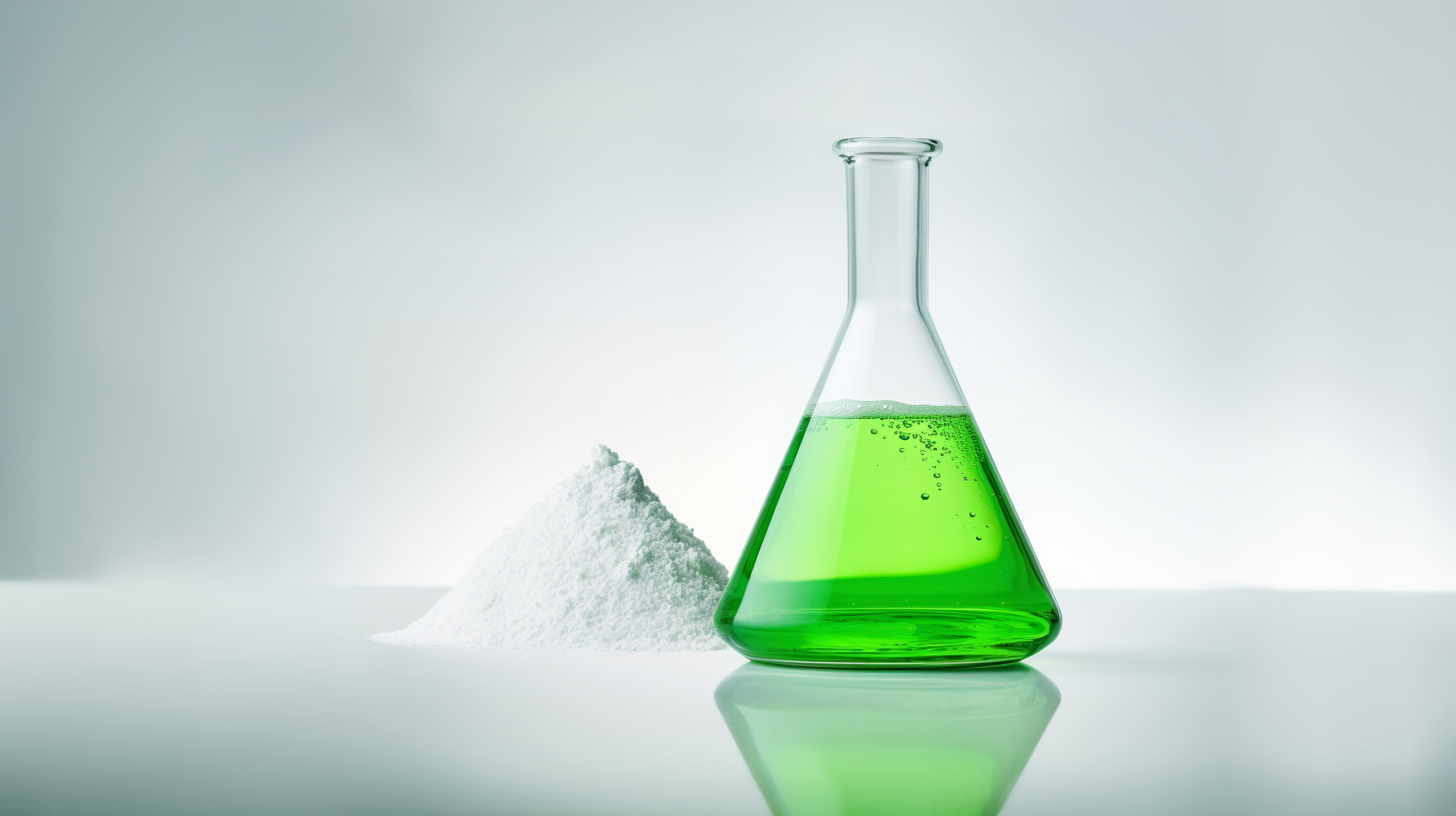Analyze odorous substances without errors
Comparative study confirms established method as gold standard
When analyzing odorants in foods or their raw materials, the formation of artefacts can significantly distort the results. Two researchers from the Leibniz Institute for Food systems biology at the Technical University of Munich have now shown in a new comparative study that the choice of injection method in gas chromatographic odorant analysis has a decisive influence on the formation of artefacts. On-column injection proved to be the gold standard, while solvent-free methods performed significantly worse.

Gas chromatography-olfactometry: Identification of odor-active compounds using a gas chromatograph
PD Dr. Martin Steinhaus
Odorants are volatile compounds that contribute significantly to the sensory perception of food and therefore have a major influence on consumers' purchasing decisions. However, analyzing them is a challenging task. In science and research, gas chromatography-olfactometry has established itself as an indispensable method for identifying odor-active compounds and distinguishing them from the majority of odorless volatile substances.
In this method, researchers first isolate the volatile components from the food as gently as possible. They then separate the individual compounds using a gas chromatograph and sniff out which compounds smell and which do not at the end of the separation process.
Two sources of error for artefacts
In general, artefacts can occur during both the isolation and the analysis of volatile compounds. "The formation of artefacts during sample preparation has been well researched and can now be largely minimized. Automated solvent-assisted flavor evaporation, which our group played a key role in developing, has proven its worth here," explains study leader Martin Steinhaus, adding: "However, artefact formation during sample injection has been largely underestimated to date, partly because there was a lack of meaningful comparative data."
Julian Reinhardt, first author of the study, therefore tested ten different injection methods using 14 test compounds. As the doctoral student's investigations show, high injection temperatures in particular led to odor-active artefacts and therefore have the potential to significantly falsify odorant analyses.
Gold standard on-column injection
"On-column injection proved to be particularly reliable, as the sample is not exposed to high temperatures," reports Martin Steinhaus, who heads the Food Metabolome Chemistry research group at the Leibniz Institute. "In contrast, splitless injection at high temperatures showed significant artifact formation, especially in combination with headspace solid-phase microextraction," the food chemist continues. In order to create a reliable and representative odor spectrum of a food, he recommends using on-column injection in any case.
Note: This article has been translated using a computer system without human intervention. LUMITOS offers these automatic translations to present a wider range of current news. Since this article has been translated with automatic translation, it is possible that it contains errors in vocabulary, syntax or grammar. The original article in German can be found here.
See the theme worlds for related content
Topic world Extraction
Extraction is a fundamental process in the chemical laboratory that enables specific components to be isolated and concentrated from a mixture. Whether it's extracting active ingredients from natural products, removing impurities from synthesis products, or preparing analytical samples, extraction is a key step in achieving precise and efficient results in chemical research and analysis.

Topic world Extraction
Extraction is a fundamental process in the chemical laboratory that enables specific components to be isolated and concentrated from a mixture. Whether it's extracting active ingredients from natural products, removing impurities from synthesis products, or preparing analytical samples, extraction is a key step in achieving precise and efficient results in chemical research and analysis.





















































